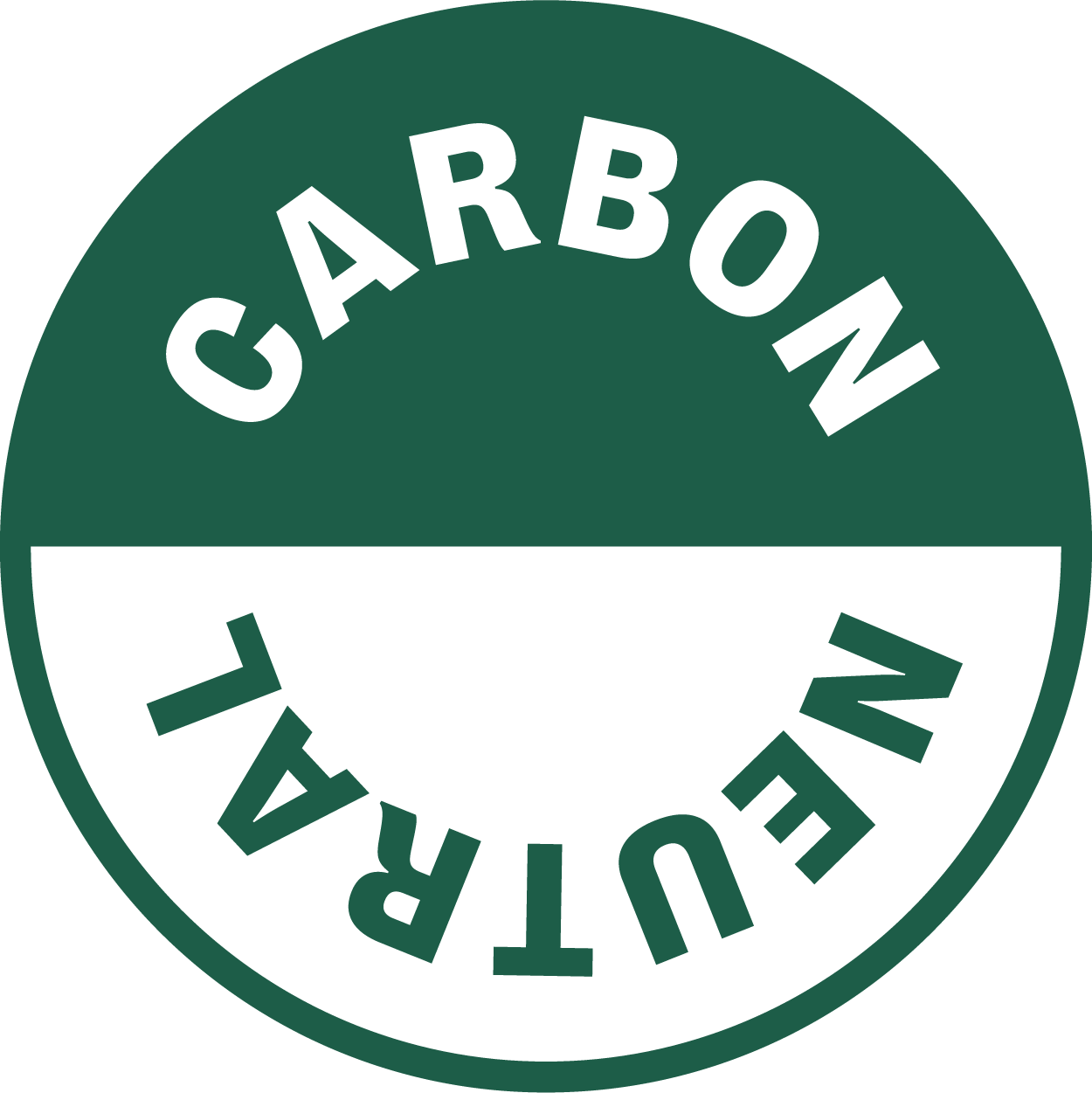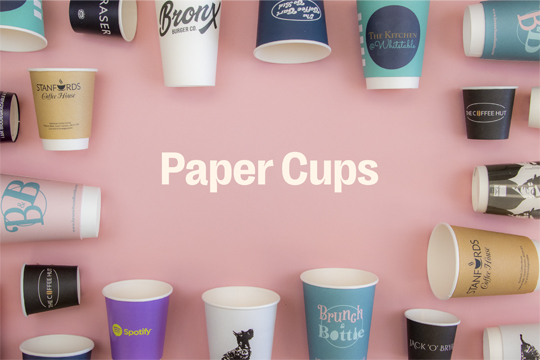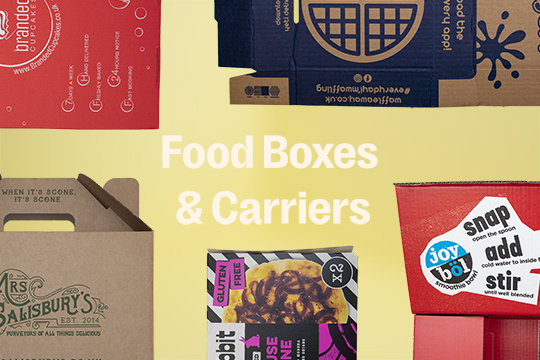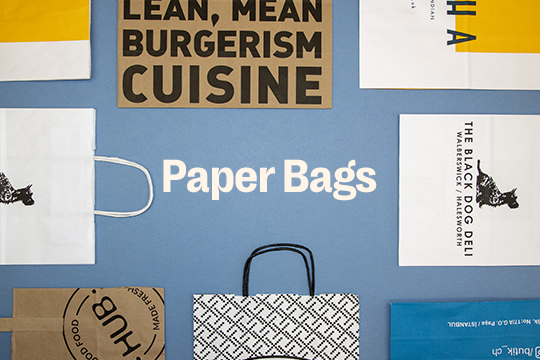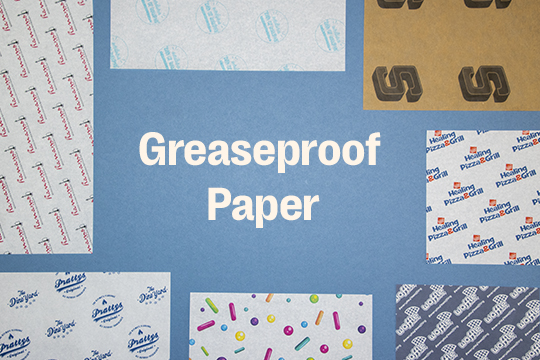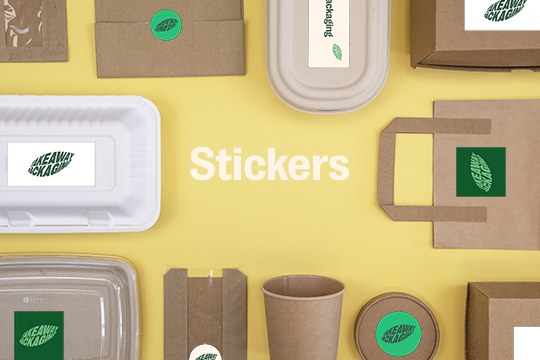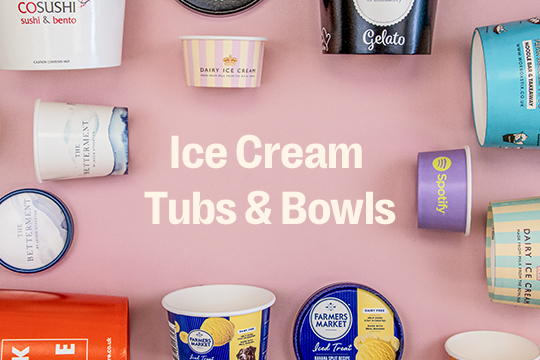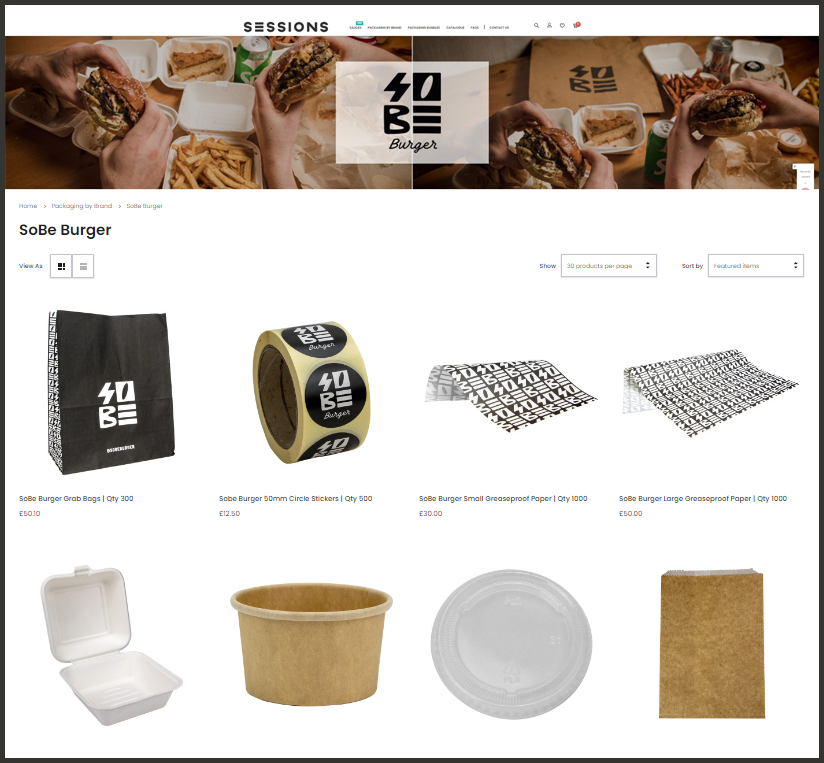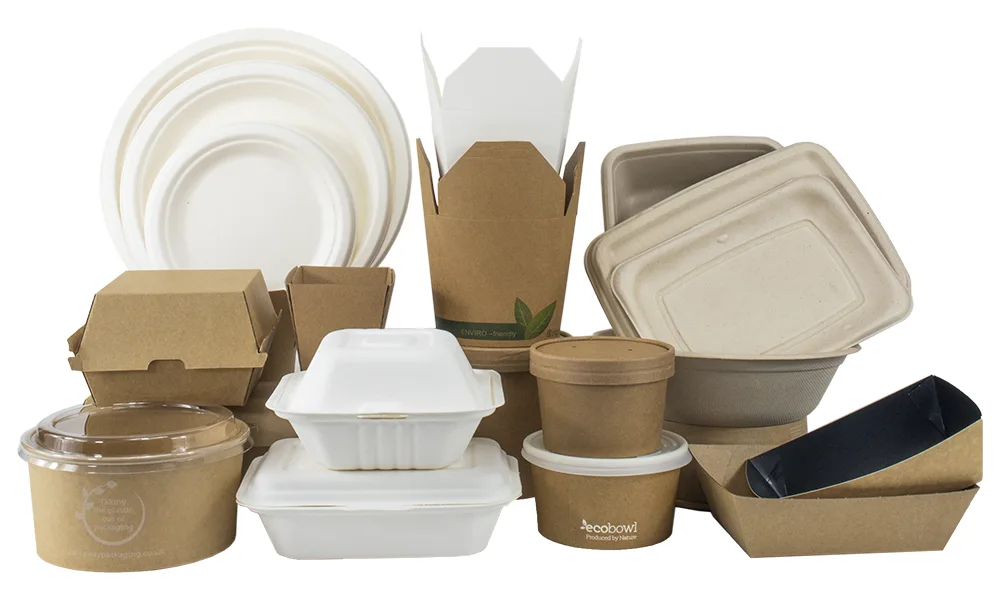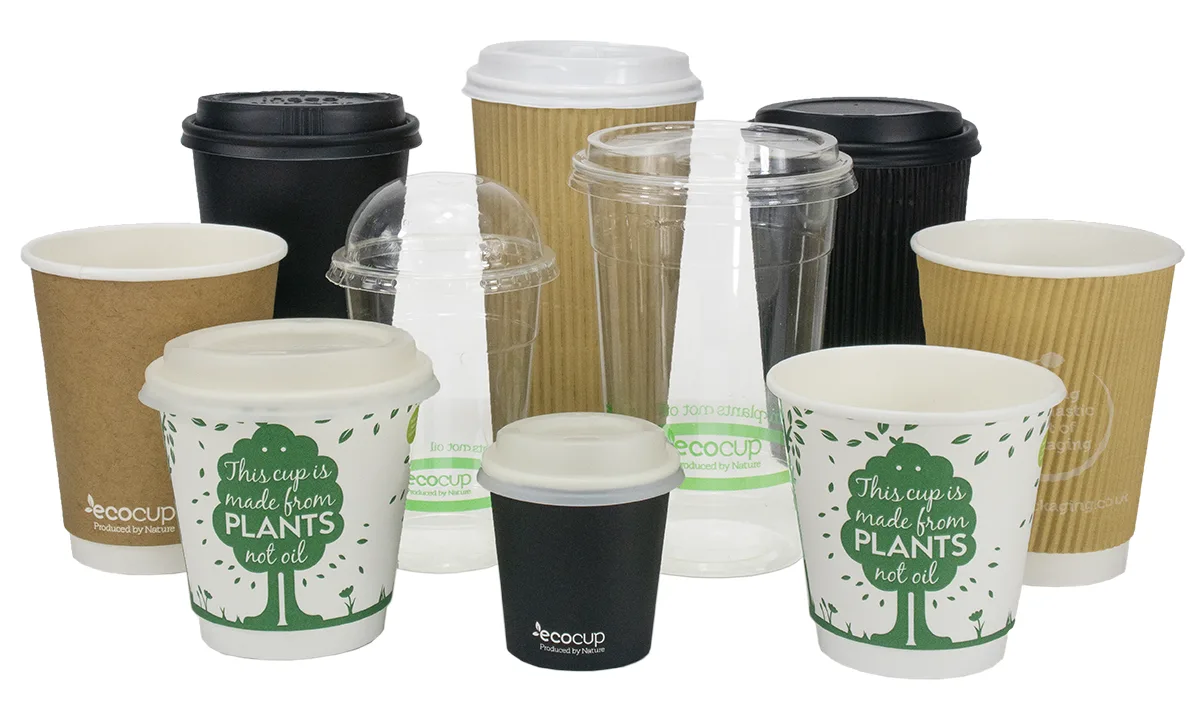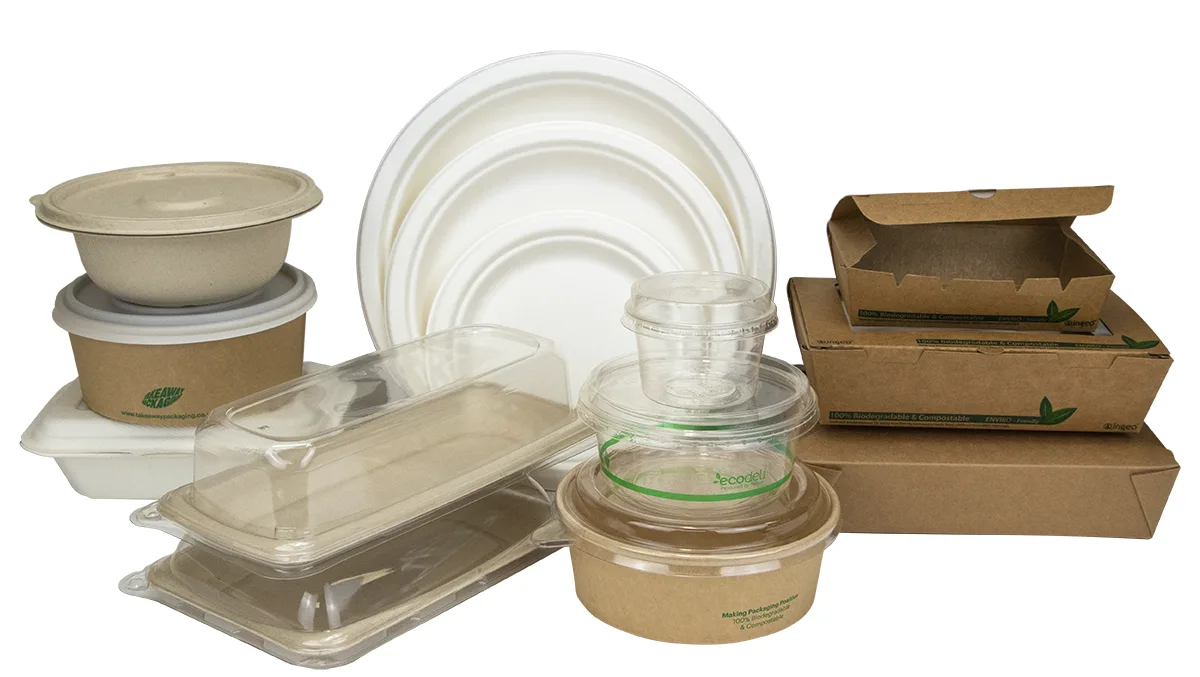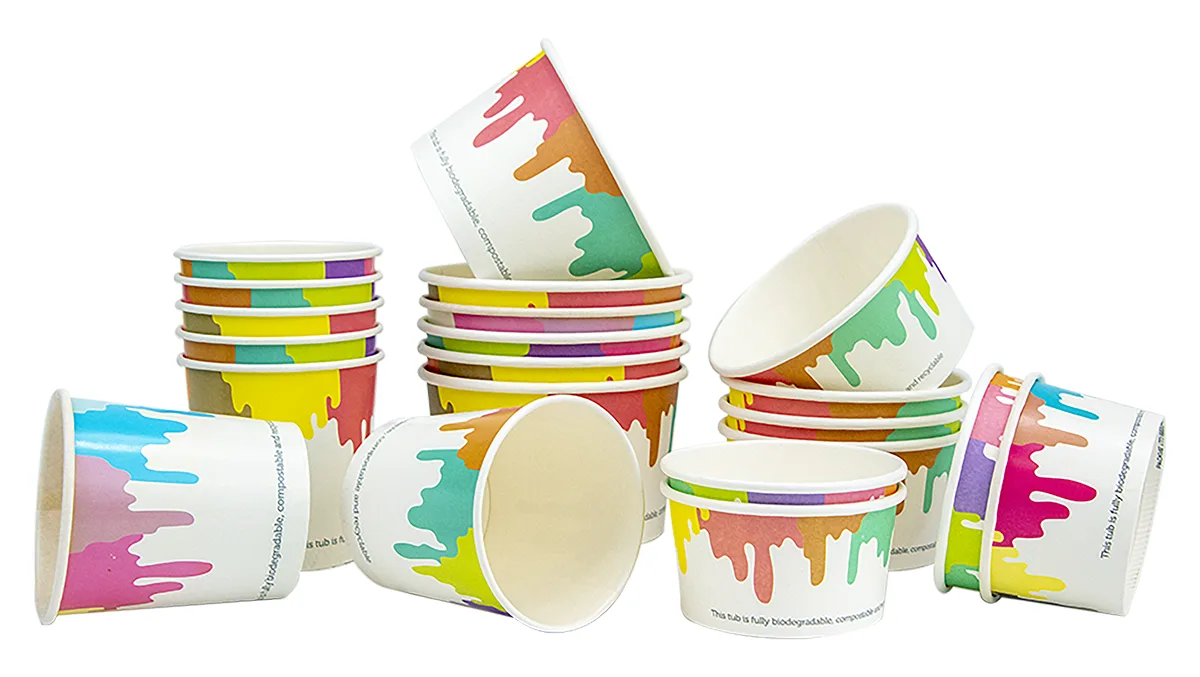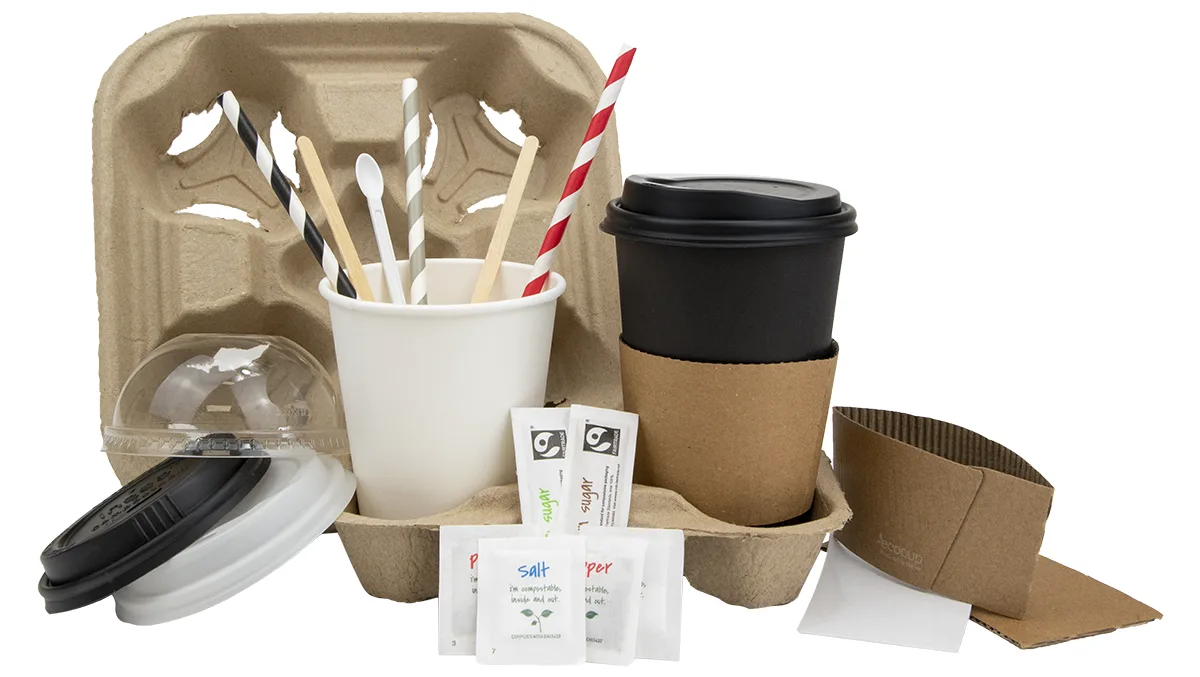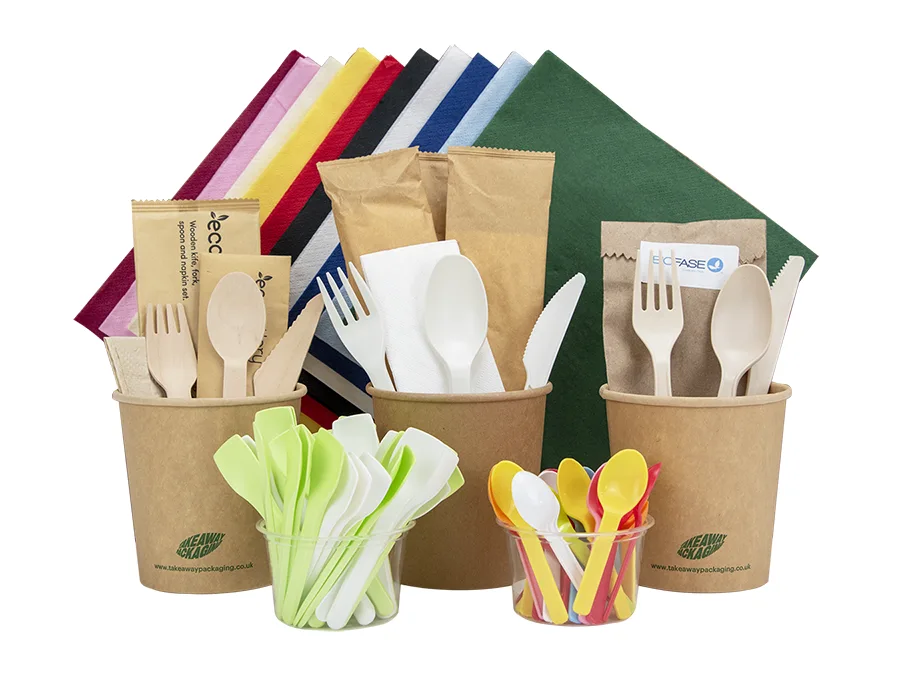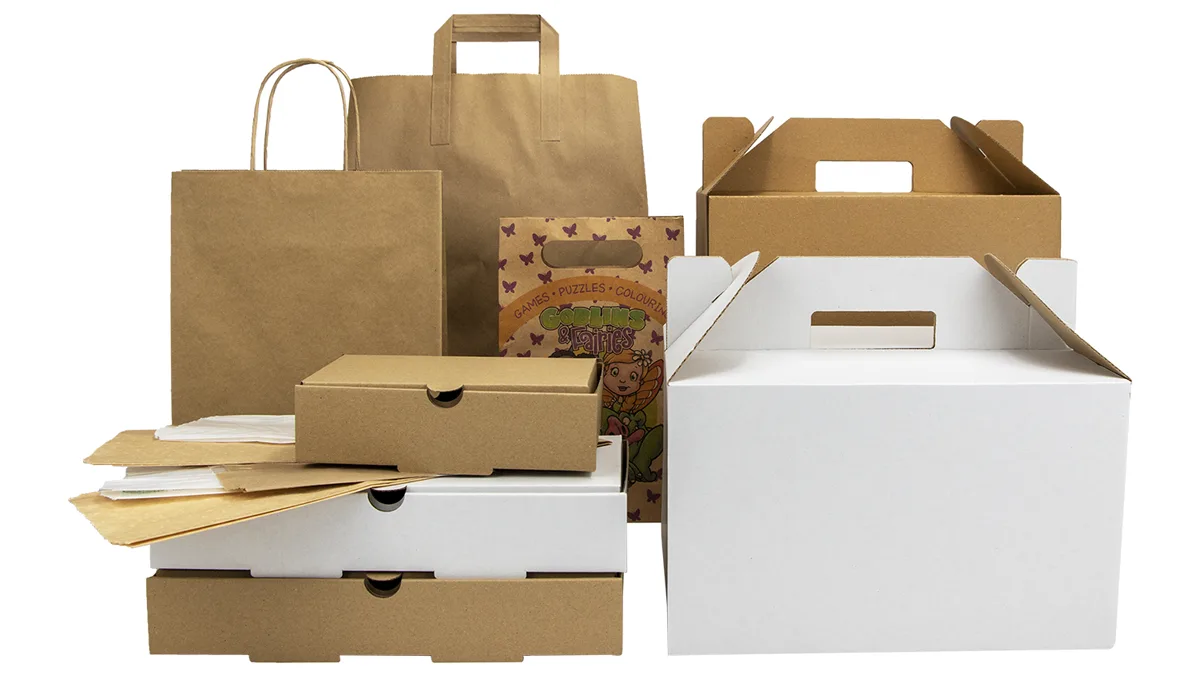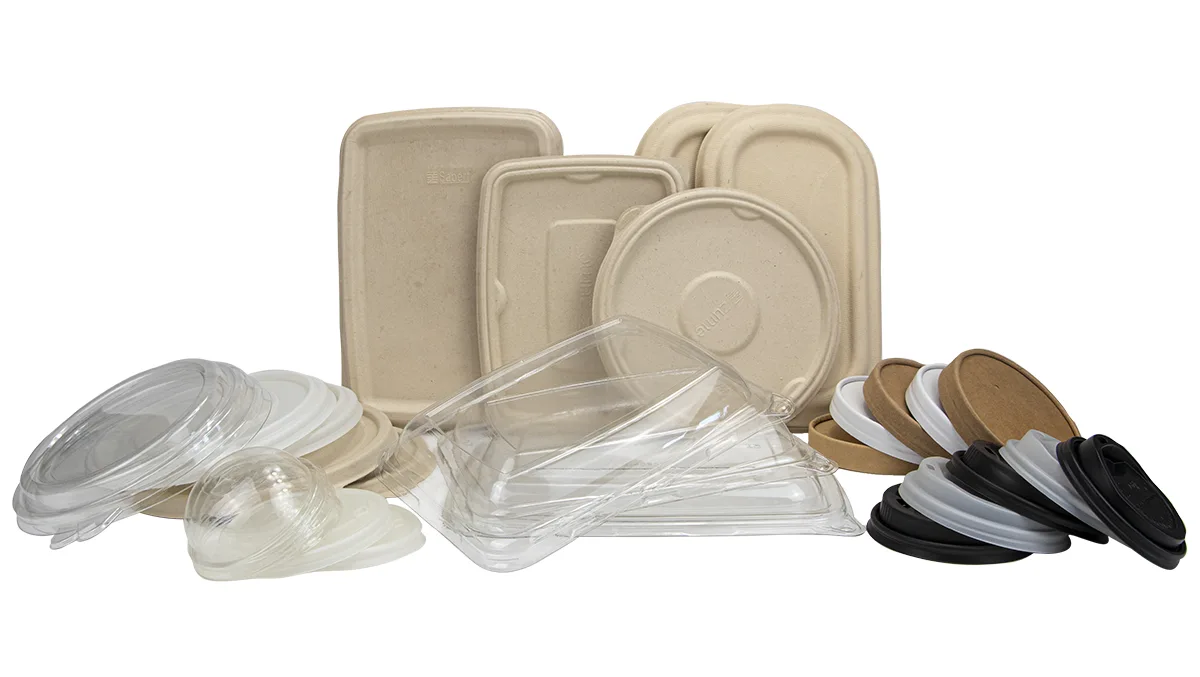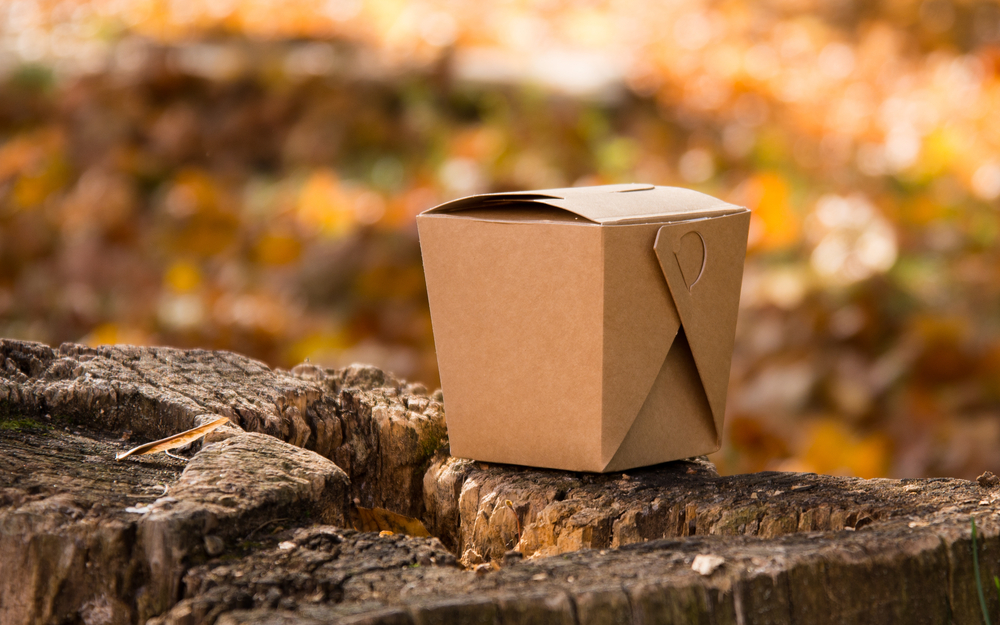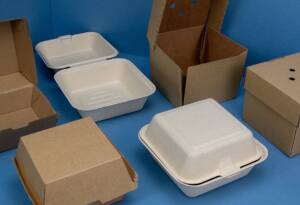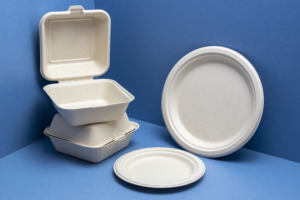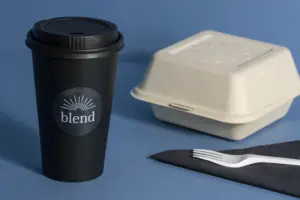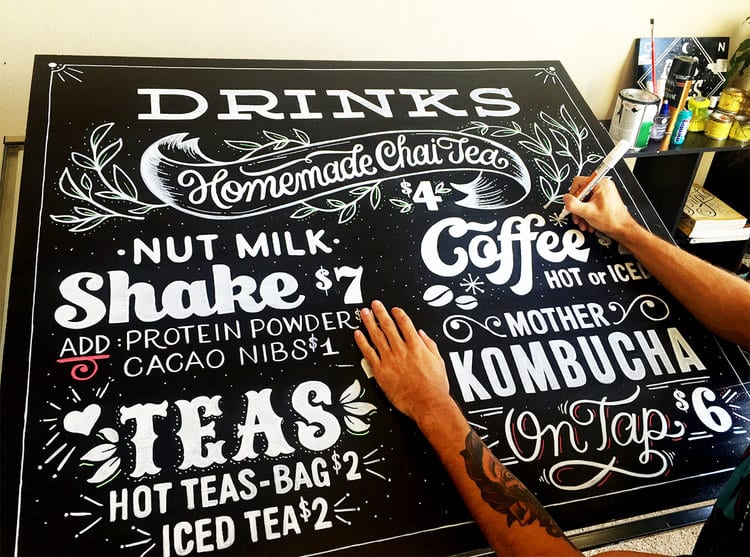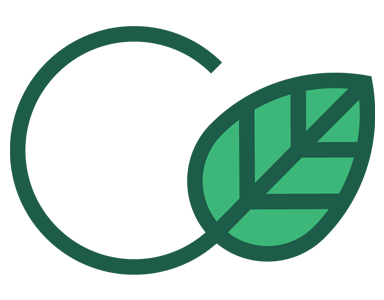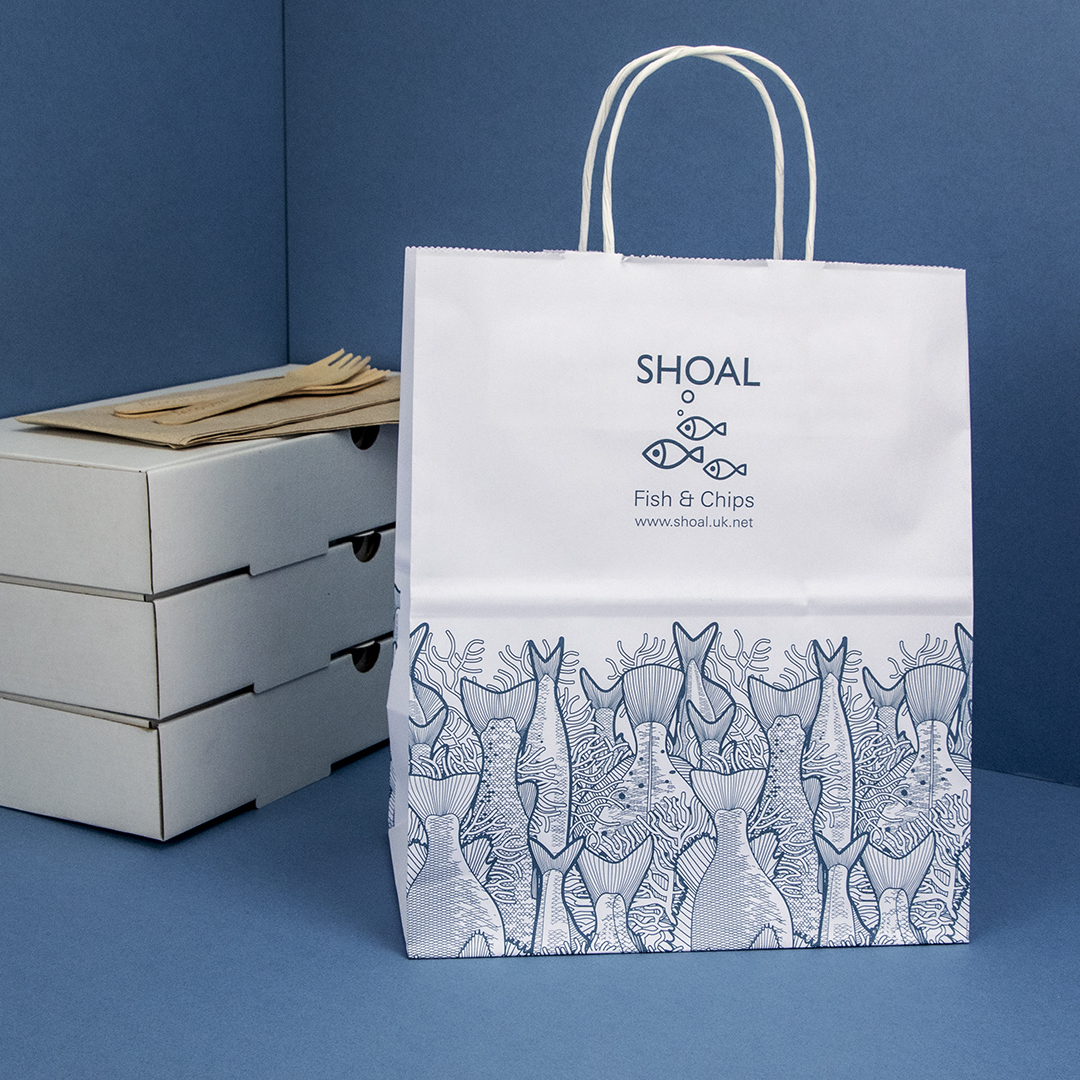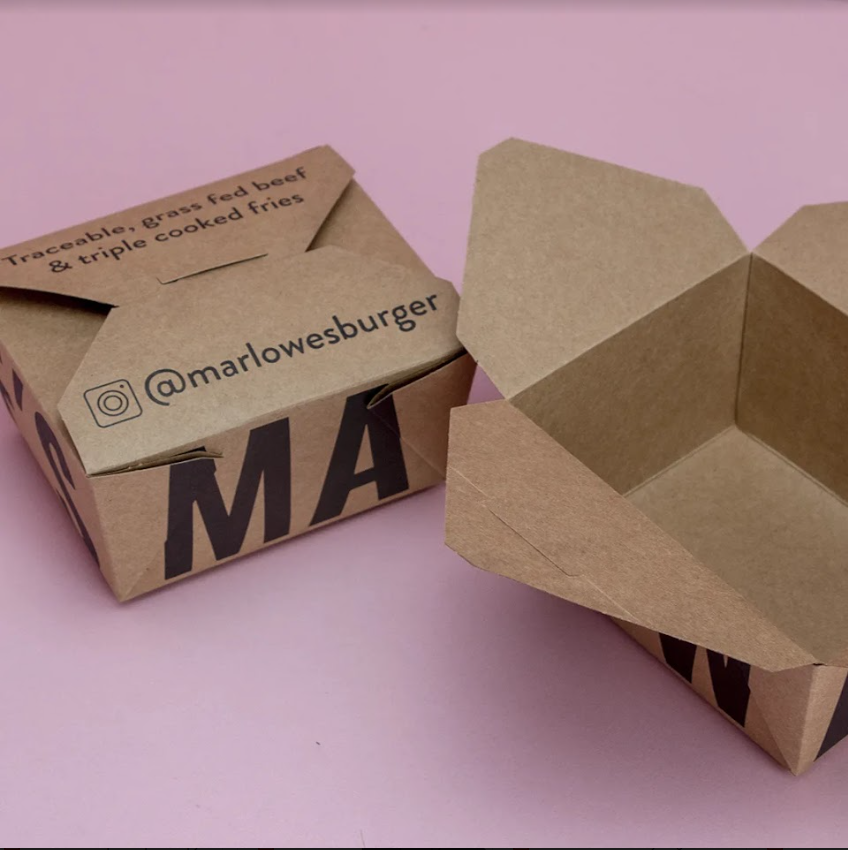Are you often left wondering what items can be recycled or what should go in the recycling bin? Sometimes it’s greasy pizza boxes. Other times it’s a mystery plastic takeaway container. Another common question frequently arises, “Can you recycle polystyrene food containers?” With the increasing focus on environmental sustainability, proper waste management and the introduction of government bans on single-use takeaway packaging, your business must get clued up on the recycling potential of different food packaging materials. In this blog post, we will shed light on the recycling possibilities of different types of plastic containers and other food containers, providing you with valuable insights to make informed decisions about your food packaging. So, let’s have a look at popular plastic takeaway containers to show you the differences between eco-friendly takeaway packaging and less sustainable options.
Related: Which Single-Use Food Packaging Items Are Banned in the UK?
Common Plastic Takeaway Containers
Every year, 2.2 million tonnes of plastic packaging enters the consumer market, one of the most significant contributors being single-use takeaway food and drink packaging. Plastic takeaway containers are still an easy, low-cost option for food businesses to opt for — you might even recognise a few of these examples from your last takeaway! Below are some plastic containers that will be banned in October, which don’t include already banned plastic straws, and the plastic bag charge placed in 2015.
Polystyrene Food Boxes, Trays
Polystyrene trays and food boxes, also known as expanded polystyrene or EPS, are a common sight in the world of takeout and fast food. Examples include clamshell kebab boxes and trays for fish and chip packaging. These containers are lightweight, affordable and provide good insulation properties.
Polystyrene is derived from petroleum, a fossil fuel, and its production process consumes large amounts of energy and unsustainable resources. Polystyrene food boxes can take hundreds of years to break down naturally, contributing to the growing issue of plastic pollution. Its lightweight nature also makes it prone to wind dispersion, leading to litter and potential harm to wildlife.
Polystyrene Cups
Similarly, polystyrene coffee cups, commonly used in the coffee and hot drinks industry, offer convenience and insulation for enjoying hot beverages on the go. But improper disposal can result in pollution. To reduce our ecological footprint and beat upcoming plastic bans in October, businesses must choose sustainable alternatives to polystyrene cups, food boxes and trays.
Plastic Cutlery
Single-use plastic cutlery is a frequently used takeaway packaging that helps hungry customers consume their food easily. But single-use plastic cutlery is another example of food packaging that lingers around in ecosystems. Each year in the UK, an estimated 4.25 billion items of single-use cutlery and 1.1 billion single-use plates are used — but only 10% are recycled in the disposal process.
Which Food Containers Can You Recycle?
Usually, you’ll find information on the most appropriate way to dispose of a food container directly on the packaging or a label attached. If you’re unfamiliar with food packaging symbols, look at this guide that explains each recycling symbol you might come across in the UK.
Regarding takeaway packaging, figuring out the right way to dispose of it can be challenging since there are usually no explicit instructions. However, you can always seek clarification from your packaging supplier or food vendor. Remember, if you’re a food vendor introducing or customising new packaging, provide clearly printed disposal guidance on your packaging. Evidence shows that consumers need clear instructions to recycle packaging responsibly. Vendors should have a good understanding of the waste credentials of the packaging they provide.
Keep an eye out for any written or visual instructions on the food packaging itself. Conveniently, many ready-made meals include helpful indications such as “film not recyclable” to guide you in the right direction. You’ll often find this information on the back of the packaging, so check the fine print.
It’s important to note that while each meal may vary, most packaged meals in the UK contain a mix of recyclable and non-recyclable elements. Packaging that is 100% recyclable is usually labelled prominently on the front. However, even in such cases, the packaging may contain multiple components that must be disposed of in different bins depending on their materials. So, it’s worth taking a closer look and following the specific guidelines for each component to ensure proper disposal.
What Can Go in the Recycling Bin
With increasing consumer preferences for sustainability, government bans and a planet-positive future to get behind, eco-friendly packaging is the way forward. Opting for recyclable takeaway packaging is a positive step toward reducing waste and minimising environmental impact. When you source your hot and cold food containers from a sustainable packaging supplier like Takeaway Packaging, you can be confident we use high-quality materials that can be recycled and reused, contributing to a circular economy.
Biodegradable and Compostable Packaging Alternatives
Biodegradable and compostable packaging goes even further in terms of sustainability. These innovative packaging solutions break down naturally over time, reducing landfill waste and releasing fewer harmful substances into the environment. By choosing biodegradable and compostable options, you can actively support the transition to a more eco-friendly and responsible approach to packaging too. With this in mind, you can switch to sustainable alternatives to polystyrene food boxes today to lower your carbon footprint.
Eco-Friendly Bagasse Clamshells & Tableware
Bagasse, which is derived from crushed sugarcane, offers a sustainable alternative for food packaging. The fibrous pulp left after extracting sugarcane juice can be transformed into eco-friendly containers and biofuels. With bagasse’s rapid growth cycle, it becomes an excellent choice for crafting durable hot and cold food containers, making it a better option than plastic or polystyrene. Plus, it’s biodegradable and compostable.
When serving your delicious treats, go for eco-friendly bagasse tableware instead of polystyrene plates. Our range of bagasse plates comes in various sizes suitable for hot or cold food. After use, these plates can be composted or disposed of as general waste, as they degrade quickly without harming the environment.
Not only is bagasse tableware sustainable, but it also offers functionality. With a temperature resistance of -10°C to +120°C, it can handle various mouth-watering dishes. At Takeaway Packaging, we provide bagasse clamshell containers, including compartmentalised meal boxes and plates, simplifying sustainability.
Our clamshell burger and meal boxes feature a hinged lid and tuck-in tab for quick and convenient use during busy services. Plus, browse our range of leak-proof bagasse packaging so your food remains intact while on the move.
Related: The Best Packaging for Burgers: A Guide for Restaurants, Kitchens and Vans
Sustainable Coffee Cups
So what about polystyrene cups; is there something more sustainable? We’ve got a whole range of eco-friendly cups, including clear recyclable and compostable options for cold drinks for you to choose from.
Our compostable coffee cups feature a PLA lining, providing a natural, glossy and liquid-resistant barrier for hot drinks. PLA is a compostable material that breaks down into organic compounds within three to six months, making it an environmentally friendly alternative to plastics. Unlike plastics that take centuries to decompose, compostable cups minimise environmental damage even if disposed of in general waste.
On the other hand, our recyclable coffee cups have a PE lining and a glossy finish both inside and outside. Designed for hot and cold beverages, these cups remain strong even with condensation. The internal PE coating prevents liquid from seeping through, while the external coating prevents condensation from affecting the cup’s surface.
Eco-Friendly Cutlery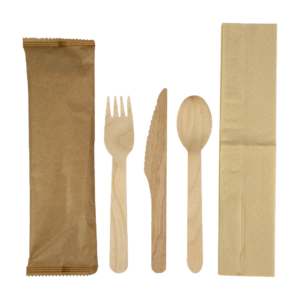
Sub out the plastic cutlery for a new dining experience with our modern, stylish and durable wooden cutlery, suitable for both hot and cold cuisine. Your customers will appreciate the natural aesthetic of our knives, forks, spoons, chopsticks and more.
And, if you still enjoy the durability of plastic cutlery, we’ve got an eco-friendly alternative. Plant-based PLA bioplastic cutlery offers the same functionality as traditional disposable cutlery but without environmental drawbacks. Our eco cutlery can withstand higher temperatures and is biodegradable, ensuring a superior takeaway experience while maintaining its eco-conscious nature.
Wishcycling & the Future of Food Packaging
Understanding what goes in the recycling bin is crucial for making informed choices about waste disposal. When it comes to polystyrene food containers, the recycling landscape can be complex. While some areas may accept clean and dry polystyrene for recycling, greasy takeaway boxes pose a challenge due to contamination.
Wishcycling — tossing uncertain items into the recycling bin — can further exacerbate recycling issues. The future of food packaging lies in eco-friendly takeaway packaging solutions like some of our specially designed Kraftware and pizza boxes, which are impervious to grease and moisture, so they can be recycled safely. By opting for sustainable materials like compostable and biodegradable alternatives, we can reduce our reliance on single-use plastics and pave the way for a greener and more sustainable future.
Shop sustainably and shop smart. Browse our full range of eco-friendly takeaway packaging today. Need personalised food boxes and carriers? Get in touch with our expert designers to help you revolutionise your packaging with a custom design!

